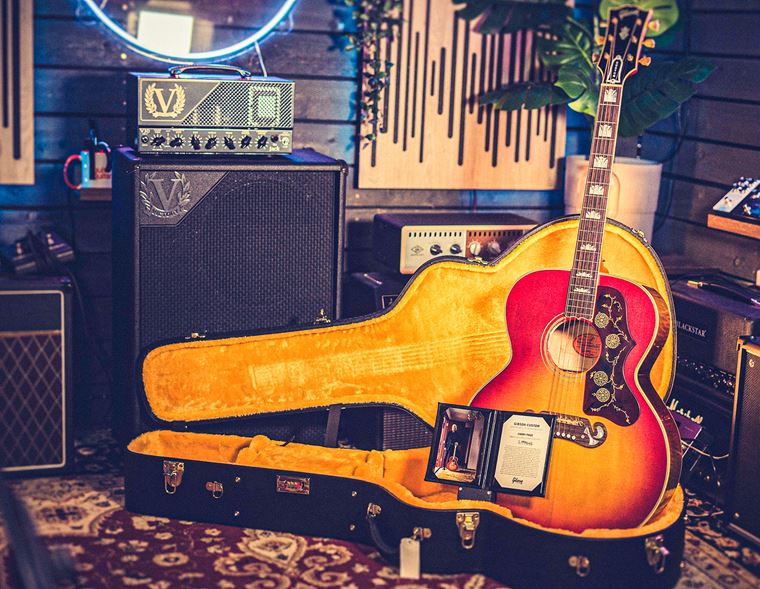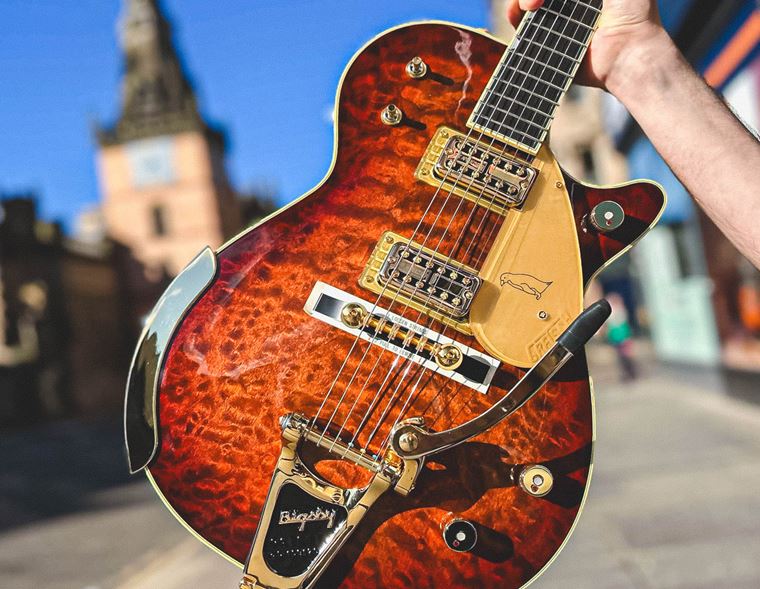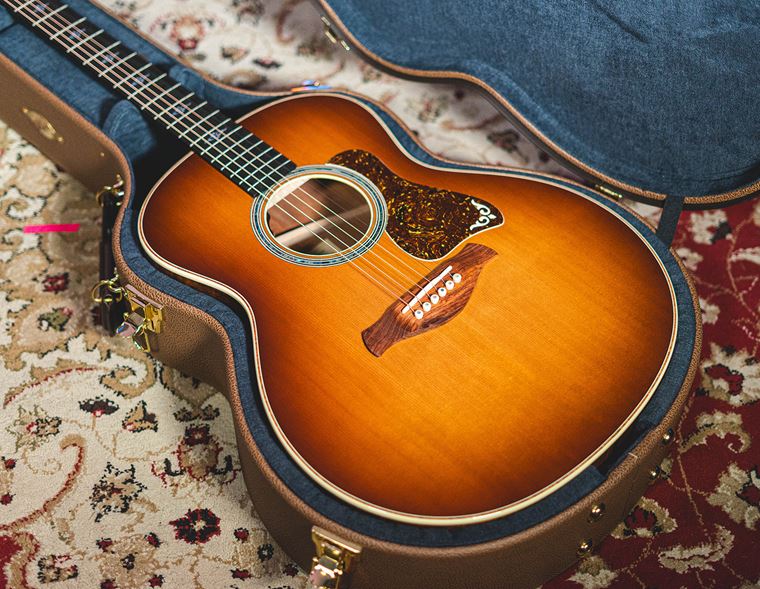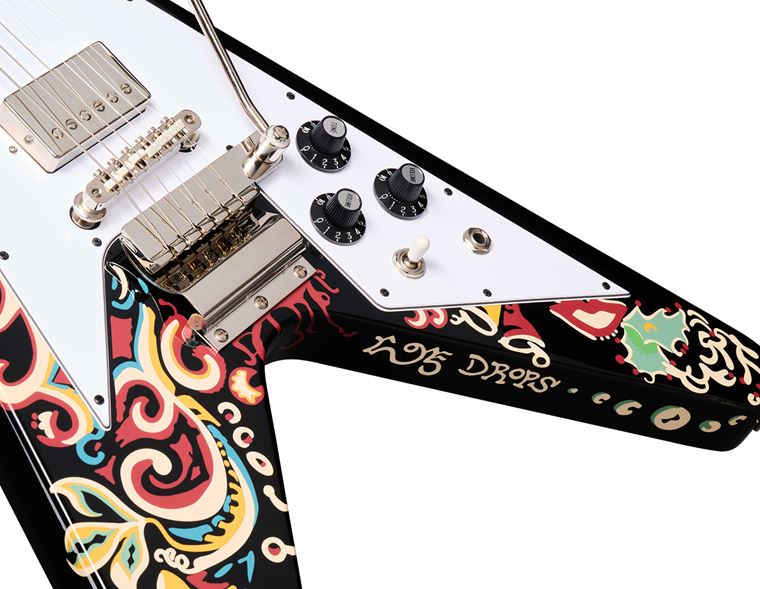Guitar Multi Effects Pedals vs Individual Pedals: Which Is Best?
Published on 07 June 2023
When it comes to the subject of guitar effects, which side of the fence do you sit on: multi-fx units or individual pedals?
There are good, solid debates for and against each, and today we aim to discuss that a little. Is there a clear winner here? We’ll certainly find out, so read on as we explore the current state of play with effects. What we may find is that one person’s positive asset is another person’s negative pain in the neck, so do consider your own circumstances and playing needs when reading. Onwards!
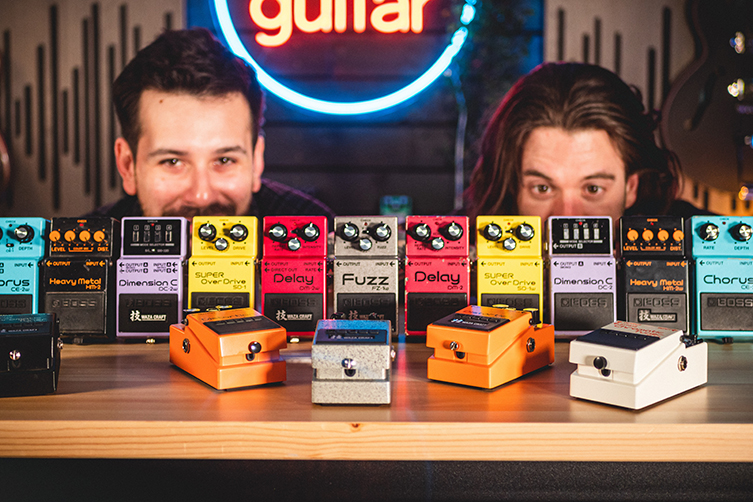
Multi-Fx: Pros and Cons
So, let us start with multi-fx units units, which today are light years away from initial floor-based units of the late 80s and early 90s. Today, there isn’t so much an issue about sound quality in and of itself, since digital amp modellers and processing is now stupendously powerful. As we’ll see, that doesn’t mean that the sounds are no longer an issue, but it does mean that there isn’t much of a ‘single pedals always sound better’ position to stand on anymore. It’s other factors instead that come into play, as we will find out!
So, today we have the Neural Quad Cortex, the Line 6 Helix, the Fractal Axe FX and the Kemper Profiler at the top of the tree. They all do things their own way, but they all deliver professional results, and we see more and more top name players such as Mark Knopfler and Metallica using them live, which isn’t how things were ‘back in the day’.
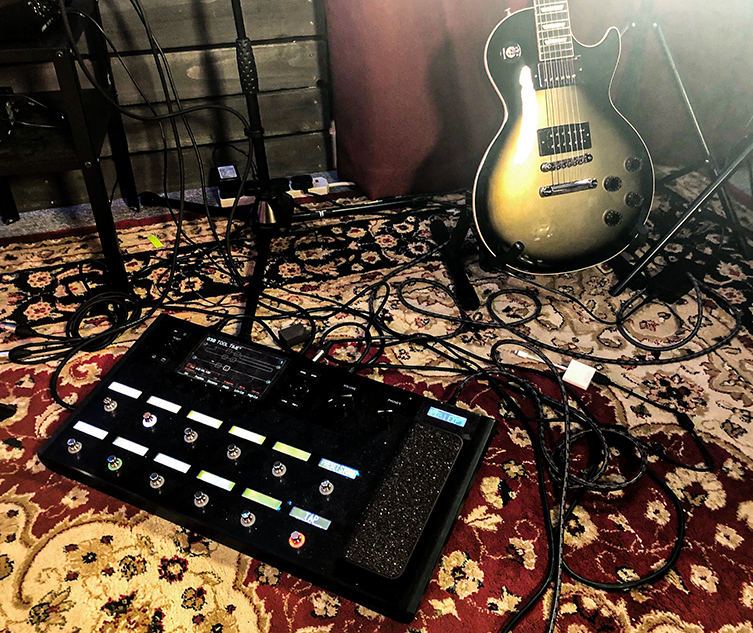
Further down the ladder there are other more affordable units that still pack a ton of powerful processing under their hoods. Brands like Zoom, Mooer and Nux are all putting out comprehensive multi-fx units that often cost less than single effect stompbox pedals from the boutique builders. These budget Pandora’s boxes sometimes belie their humble origins with their crunch and drive sounds, but otherwise, they mostly sound great. Therefore, the multi-fx experience can be had by all players, not just those well-heeled enough to get those cutting edge units.
Pro of Multi-Fx Units
So, let's look at the reasons to choose a multi-fx unit. Firstly, the most obvious thing is the sheer number of sounds you get! You don’t have to settle on one chorus pedal when you can have four varieties and ALSO phasers, flangers and other whooshy sounds that might come in handy. Of these sounds, you can combine a large number of them (depending on the unit, of course) in endless virtual permutations, which - and this is the real kicker - you can then save to a memory location and instantly recall later.
So, you can have a sound set up with your favourite ‘vintage Fender’ amp model, a spring reverb, a tape delay and an analog chorus effect, all set as you prefer and saved to a memory location. Then, you can stomp on a footswitch and your sound jumps to the next patch, which might be an ultra distorted ‘Bogner-style’ amp with a flanger, a pitch shifter and two digital delays on it! Skipping between these is instantaneous. This is hardly something you can do with individual pedals without stopping to change numerous settings and stomping numerous footswitches at the same time. If you use a wide palette of sounds, it makes sense to use a multi-fx.
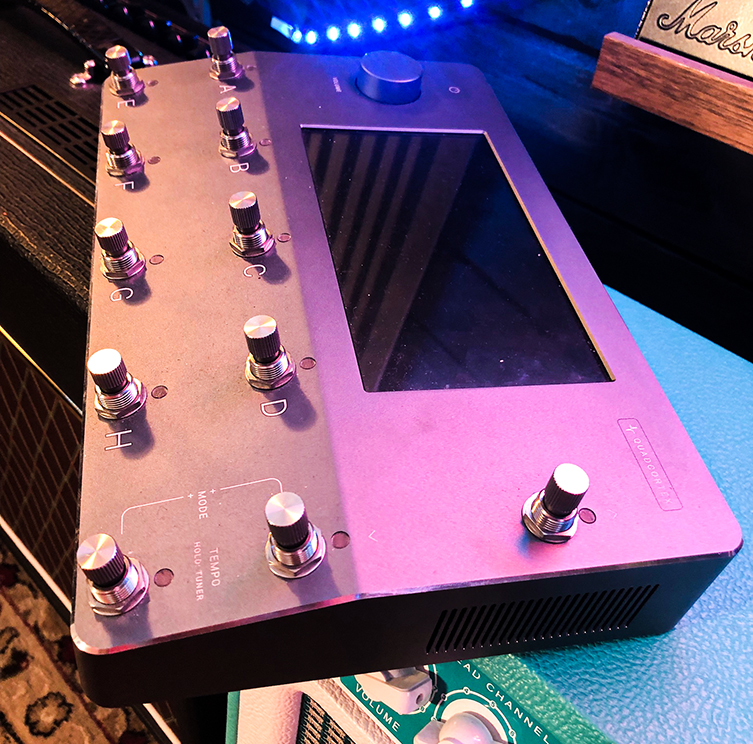
The effects themselves can be deeply edited, either within the unit or - with increasing regularity - online. This allows trainspotter-like levels of incremental editing, which can be very important in achieving exact sounds. If you care about the details, deep editing is what you want.
Multi-fx units do away with the notion of patch cables and regulated power supplies, so the physical hassle factor is greatly reduced. Good, road-worthy power supplies can often cost as much as entire cheap multi-fx units, and the expense is hardly a fun purchase! That goes for patch cables, velcro, cable ties and pedalboards: they are all additional costs on top of the pedals themselves. Choosing an all-in-one unit means you don’t need to bother with any of this!
You also normally get extra utilitarian features built into multi-fx units such as tuners, loopers and audio interface functionality. Again, the cost-effectiveness is huge, not to mention the space saving and hassle-avoiding!
As these units are inherently digital devices, you’ll often find that updates are available online. These updates can improve the unit’s performance and also add new features, so it’s like getting free stuff now and then!
Cons of Multi-FX Units
Many of the ‘against’ points will be similar to the ‘for’ points, depending on your point of view. For example, the notion of updating the onboard software via an online update is a good thing if you want that, but a total hassle if you don’t want to involve computers in your guitar playing life. The same goes for the deep editing concept, too: some players want to have all of their control surfaces right there on the device, and don’t even want to see menus on a screen, far less a whole extra level of virtual tinkering!
The editing process itself can be more than some players want to contend with. Each unit differs in its complexity, and whilst they are all more intuitive than the multi-fx units of the past, they can still be a bit of a chore to get used to. This is a real problem, because it puts you off bothering to edit your sounds at all if you’re always met with a user interface that you don’t gel with.
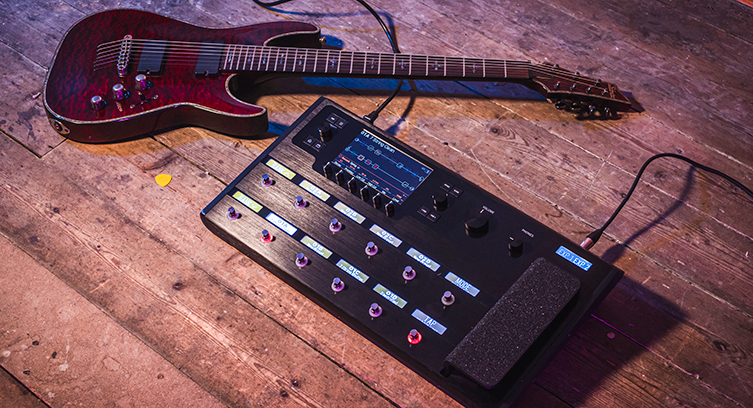
There’s also the somewhat incongruous but also entirely real problem of being faced with too many options. It sounds odd to complain about getting loads of choices, but many guitarists would rather not have to decide where to place one of maybe twelve virtual microphones in front of their choice of twenty virtual speaker cabinets after already testing and selecting their preferred virtual amp head and pedal setup. We get it! You’d rather say ‘I want a nice Marshall/Vox/Tweed amp sound’ and then have the multi-fx unit itself make the optimum choices for the rest of that ephemera. How many people need so many speaker cab options? Lots of guitarists maybe, but certainly not all guitarists. Such overwhelming choice can easily lead to option paralysis, and becomes off-putting for the player who just wants to get going with a good tone. Endless tweaking often doesn’t result in ‘results’ if you get us.
Also, whilst there may be lots of effects to choose from, and whilst they may all be very good quality, they may also be pretty bland and vanilla compared with specifically chosen pedals that (are perceived to) have more character. To some players, a phaser is a phaser, but to others, there is a mile of difference between an old Ibanez Flying Pan Phaser and a vintage Phase 100, for example. Even if your multi-fx has models of these, they may not have the same eccentric controls and ‘artefacts’ of the original physical pedal’s sound. A unit can claim to have modelled a Fuzzface or a Univibe, but that doesn’t mean they stack up against real-world examples of these effects. The fact is, they often do, but it’s never a given, and everything is subjective in this regard.
Individual Pedals: Pros and Cons
So that’s our take on multi-fx pedals. Now, let’s look at single pedals, or stompboxes, as we’ll refer to them. Stompboxes by their very function are mostly single sound pedals, and are chained in sequence to form effects chains that are mounted on pedalboards. This means that a pedal chain could be two pedals, eight pedals, fourteen pedals etc. After all, it’s up to you, your wallet and your lifting ability! Let’s check out the pros and cons…
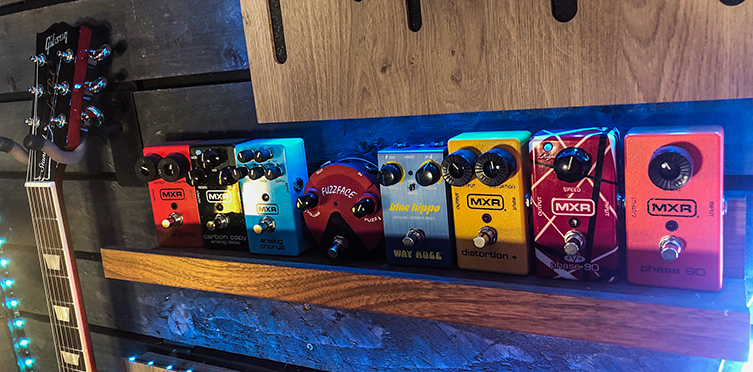
Pros of Individual Pedals
The obvious benefit of selecting individual pedals is just that very thing: selecting each effect individually, according to your needs and tastes. Whether you have a specific sound in mind that’s made by a particular ‘type’ of effect (for example, not all overdrive sounds are Klon Centaurs etc), or you just want the freedom of buying sounds from a range of different builders, buying single pedals offers the widest and broadest selection of sounds. There will be no ‘house style’ to your sounds as there may be if absolutely every effect you use comes from, say, a single BOSS Multi-fx unit. You can potentially get more character from your tones because each has been sculpted and refined by a different set of expert ears.
It’s undeniably exciting to collect pedals, build up pedalboards and swap out units within your board, as needs or whims dictate. There’s a real culture to it, and we’re not above admitting that we do respond to the joy of seeing a bunch of brightly hand-painted pedals, all with different coloured blinking lights. It’s fun, and isn’t that the whole point?
Quality and processing power are subjects that may be somewhat trickier to define, given the variety of effects available out there. Speaking more to the power-hungry needs of delays, reverbs and pitch-shifting pedals though, it’s clear that a dedicated delay from Eventide or a reverb from Strymon is going to have more dedicated processing power available to that one effect than the likes of a comprehensive multi-fx, which needs to apply its (considerable) power across the entire spectrum of effects. If you want the very best delay effects out there, it’s a fair comment that you’ll more likely find it on a high end single pedal than as part of a multi-fx processor.
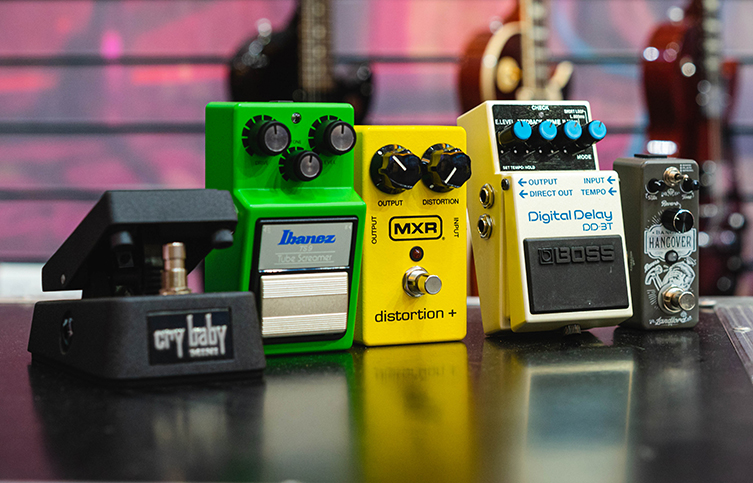
There’s also the fact that digital modelling is often excellent, but it isn’t always excellent. A true vintage fuzz pedal can sometimes be just flat-out better, more reactive and more alive than ever the best modelled simulation of it. This is subjective, but let’s be real for a second: most of this entire area is subjective!
Selecting single pedals means accepting limitations in your palette. You can't have every effect ever, because you simply do not have room on the floor! In terms of creativity though, limitations are often more useful and inspiring than endless permutations. Do you really need a ring modulator effect? Could you find a combination of sounds with your pedals that will give a good approximation? Maybe your searching will uncover other useful and interesting sounds. This is where the hands-on adjustability of single pedals really comes into its own, really. You’ll face little to no menu scrolling, and you’ll hear direct cause-and-effect results of every button press and knob turn.
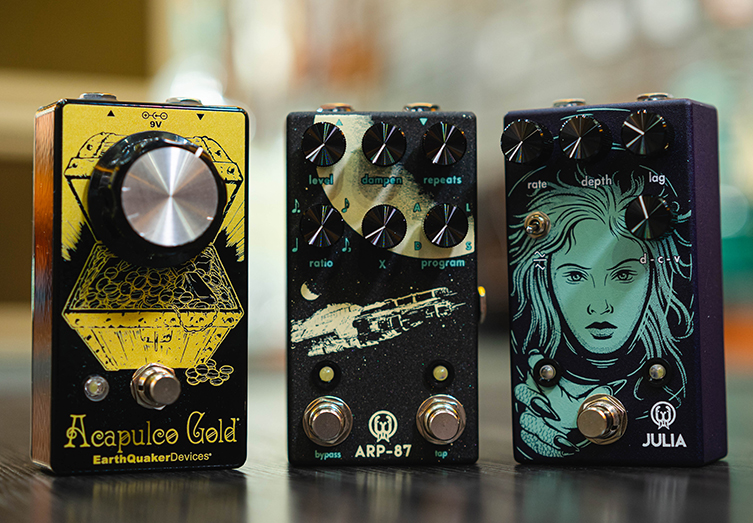
You’ll also never (or hardly ever) need to update your stompboxes via a laptop, since only very few of them have things like operating systems onboard. You plug ‘em in and you stomp on ‘em. It’s a liberating feeling for many players.
Cons of Individual Pedals
The drawbacks to choosing single pedals are pretty clear. The most obvious one is the cost. Depending on how big you go, and how top-shelf your pedal choices are, you can spend a king’s ransom on a respectable pedalboard. Popular overdrive pedals are easily £150-200 these days, and delay pedals can be double that! If you want even a modestly sized collection of 5 pedals (not counting utility pedals like a tuner, noise suppressor etc) then you can quickly end up with a bill for a grand or more. That’s before you factor in the pedal board itself, the regulated power supply and the patch cables! That Quad Cortex isn’t looking quite so expensive now, is it?
All of those connections and patch cables also present potential hassles at gigs and sessions. Each part is an area of your rig that can conceivably break down, malfunction or just die on you. It can be a frustrating, stressful thing to assess, locate and fix a pedalboard problem in the heat of a gig. Your lead singer will look down at you disparagingly as you root about on the floor looking for the problem, and your drummer will start playing the next tune before you have your signal back. It’s a grim moment for sure, and most of us have been there!
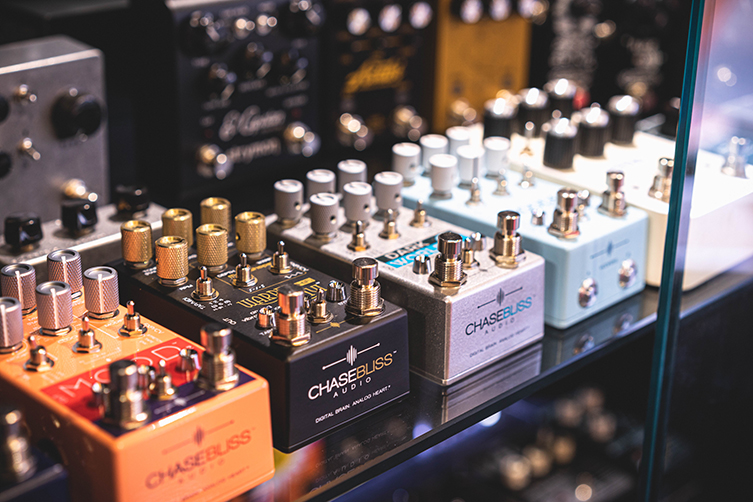
Weight and size are other factors, too. This is less of a consideration if you are playing reasonably sized venues (a bigger stage means more space for humongous pedalboards) and have a car or van to transport everything, but if you are in tiny gig spaces and require public transport for any part of your gig journey, then the question of pedalboard weight and size becomes huge. It’s so easy to underestimate both of these factors: carting a veritable Starship Enterprise made of pedals from home to tube station to bus to busy street to venue can be a miserable experience indeed.
One other practical consideration is that of the pedalboard tap dance. This is when your song suddenly calls for your distorted, wah-ed guitar part to change in a split second to a clean, chorused sound with reverb and delay, and it all has to change simultaneously! How do you achieve that? Well, with great difficulty! It requires forethought, preemptively tip-tapping across your board, hitting each switch at just the right moment so that you make the correct changes in a timely manner and sound like a professional. It’s a pain, and it’s often impossible actually, so compromises have to be made. These types of limitations aren’t as creatively rewarding as the limitations of choice we spoke about earlier, either!
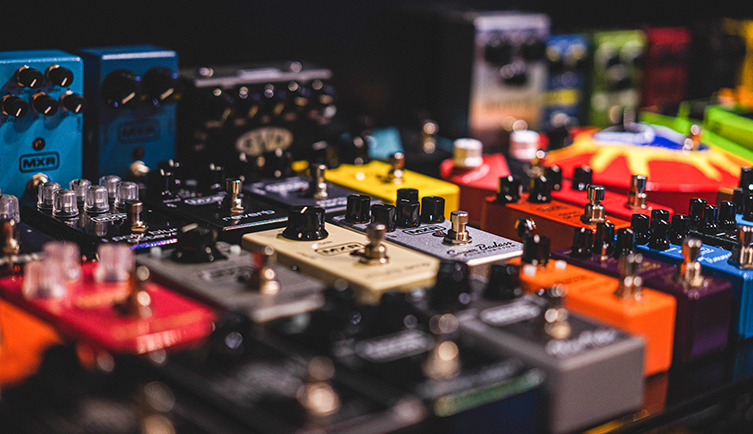
A Brief Summary of Multi-FX Vs Individual Pedals
So, those are the main pros and cons as we see them. Shall we summarise them with some bullet points?
Multi-fx Pros:
- Huge range of sounds
- Deep editing ability available
- Updatable via USB
- Easy simultaneous switching of large numbers of effects
- Cost-effective
- Lightweight/portable
- Less cable and power supply hassle
- Extra functions available such as loopers and audio interface features
Multi-fx Cons:
- Editing can be complicated
- Too much choice can lead to endless tweaking and not enough playing
- Sounds can sometimes be considered vanilla/bland
- Functionality being shared via a computer may not suit some players
Single Pedals Pros
- Unique choices for every part of your sound
- Specifics can be catered for, instead of compromising with ‘close matches’ in terms of sounds
- Collectability and fun of pedal culture
- Dedicated units often have more processing power for a given effect
- Everything you need, nothing you don’t (you decide what you want)
- Potentially more character per sound
- Limitations can enhance creativity
- Instant editing via pedal’s onboard controls
- No need for laptops (though it’s often available on certain pedals)
Single Pedals Cons
- Expensive - the cost rapidly accumulates
- Extra purchases required: pedal board, power supply, patch cables etc
- Hassle and frustrations of cabling issues when gigging - more to go wrong
- Unwieldy size and weight
- Switching limitations induce ‘tap-dancing’ problems
- Sonic limitations due to more finite choices
- Less/no ability to save multiple settings
Multi-FX vs Single Pedals: Which is Best?
Right, well we’ve now covered most of the main experiential differences between picking out individual pedals as opposed to opting for a multi-fx unit. So, which is best?
Well, that’s the wrong question really, isn’t it? There isn’t a ‘best’ as much as there is what’s right for you.
If you need to make swift changes in your sound and you like a lot of variety in your tones, we expect you’ll probably get on with a multi-fx. This is also true if the practicalities of a pedal board interfere too much with your fun. Keeping things contained in one box, with every sound you need pre-saved, can be a fantastic way to just focus on your playing and performance.
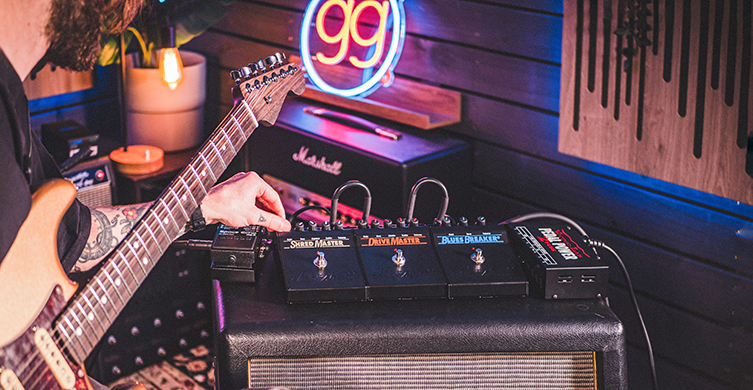
On the other hand, if you want to be very discerning about particular sounds that you’ve either heard before or indeed want to hear, then it could be that you’ll be better served with individual effects pedals. Also, if you don’t have too far to walk with your gear, it’s heaps of fun to build your own bespoke board.
The good news is that it’s getting increasingly difficult to achieve ‘bad’ tone these days. Regardless of your spending ability, there are products on the market that will get you close to what you both need and want from your guitar sound. How you do that is up to you! Experiment, try different things, and have loads of fun!





